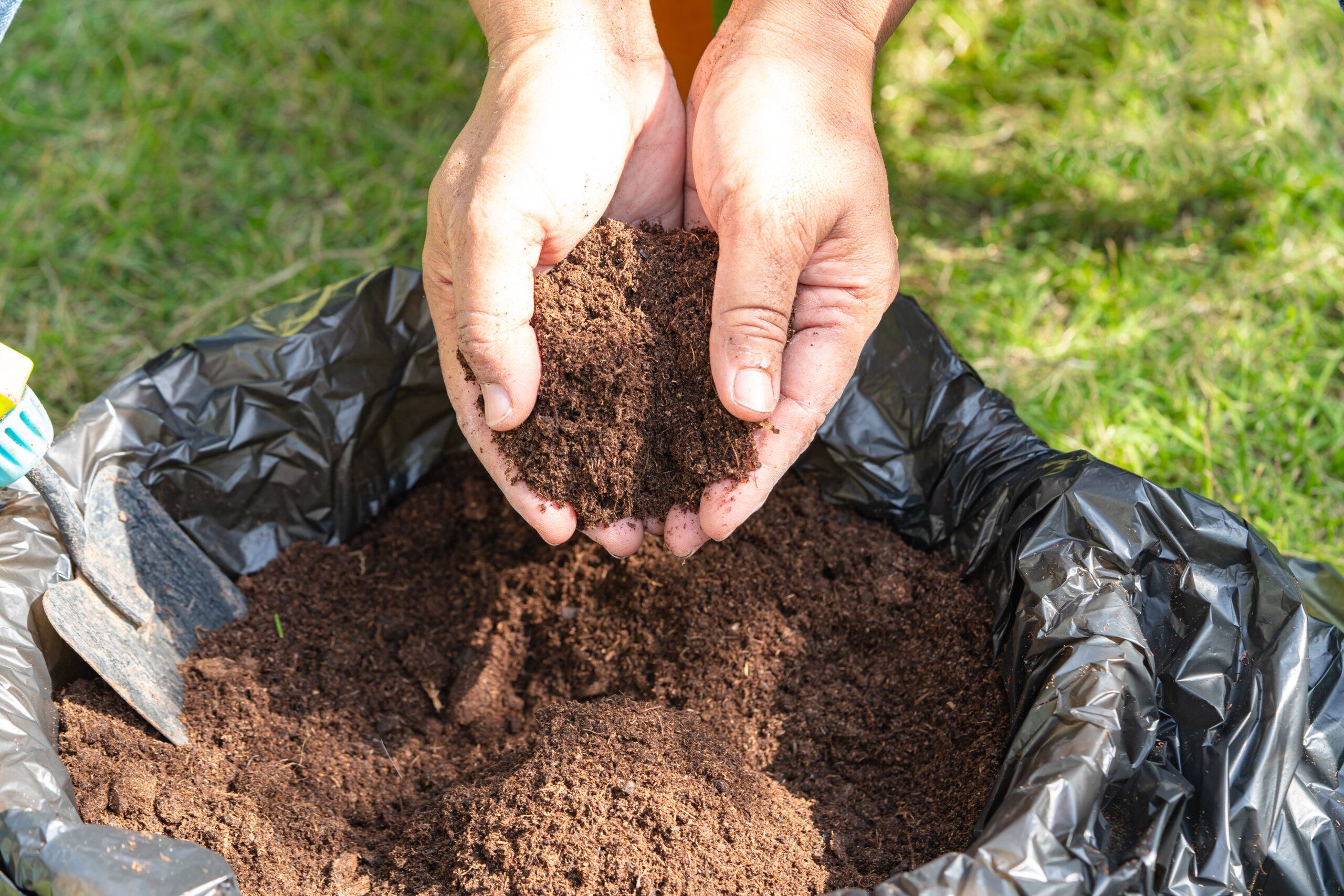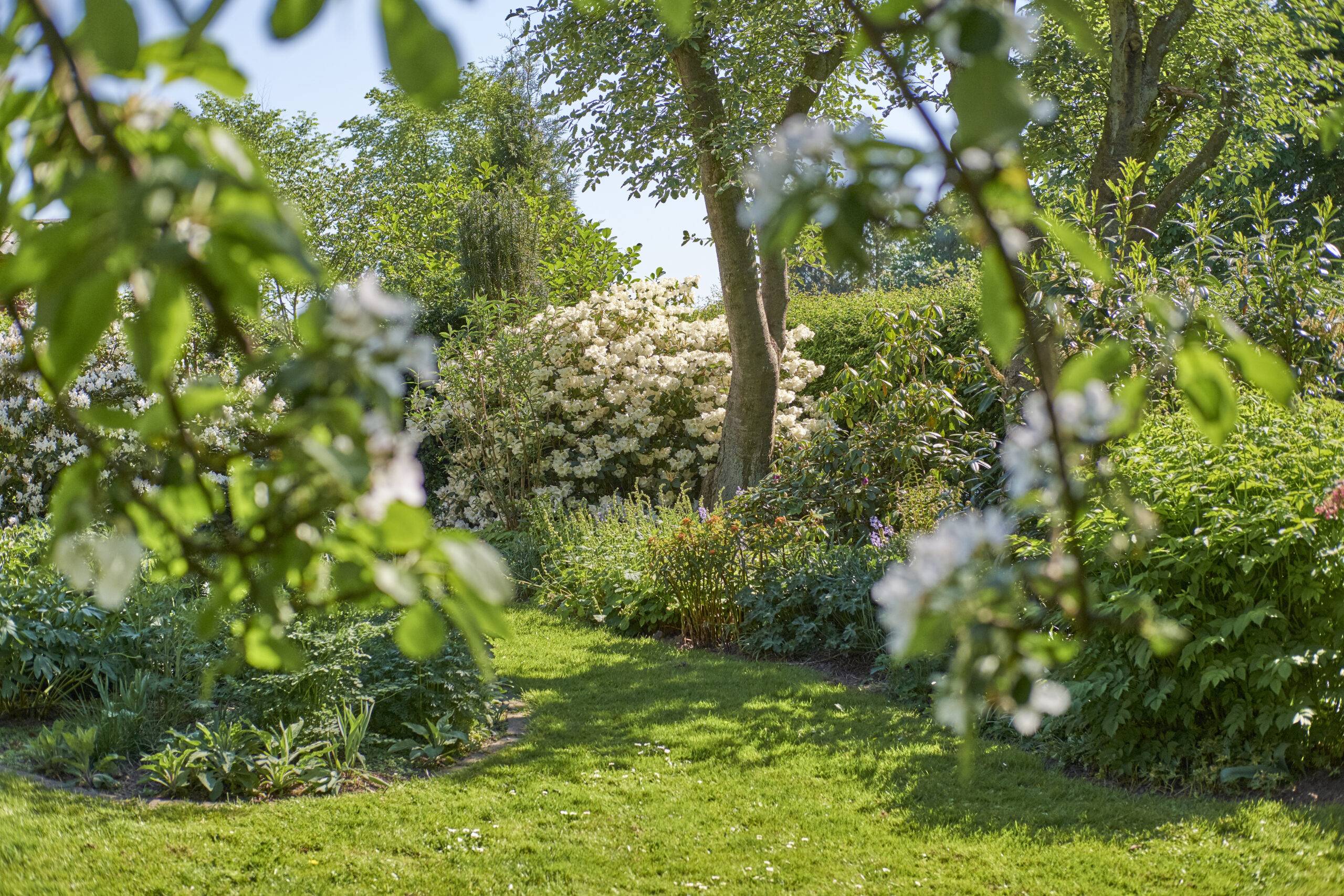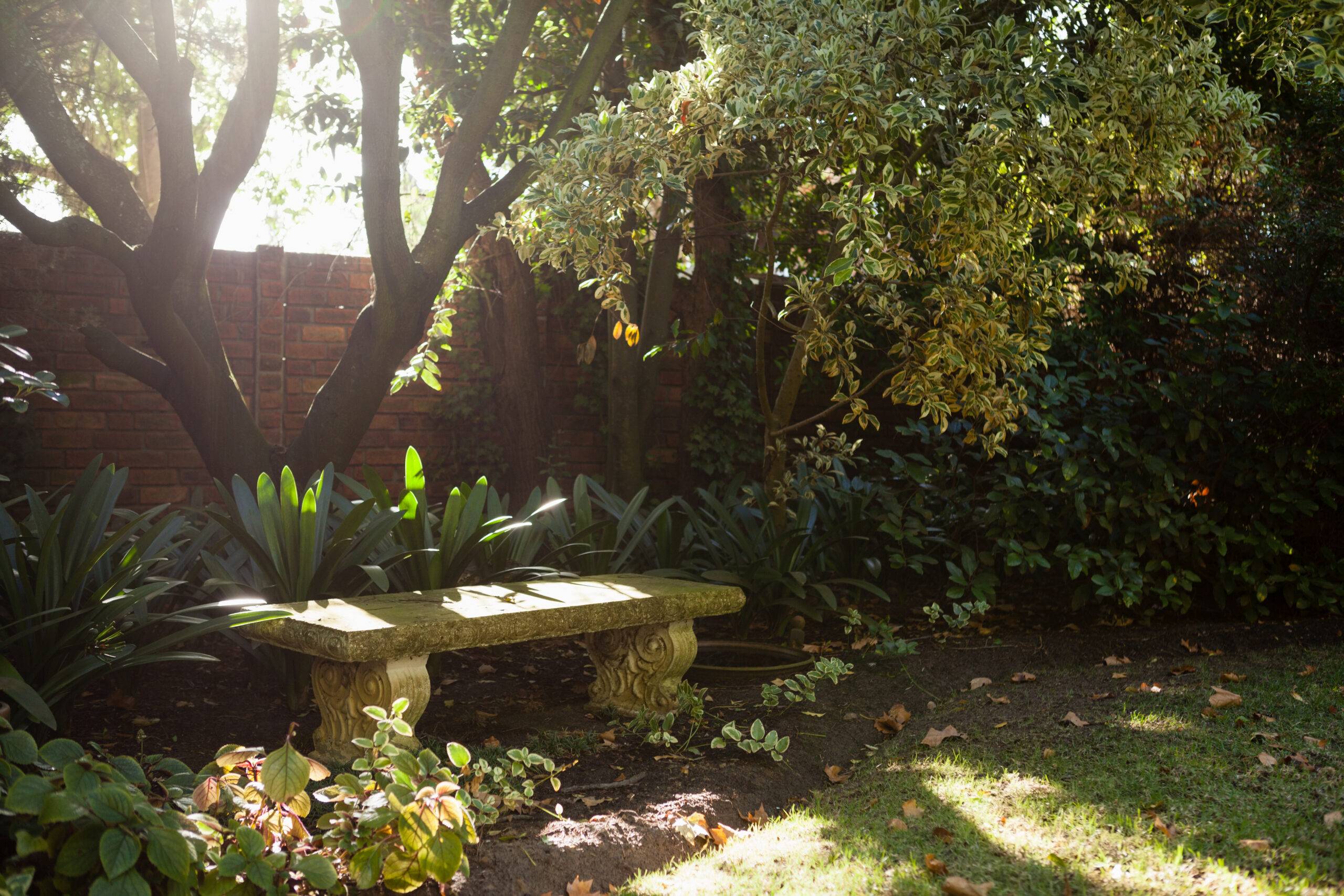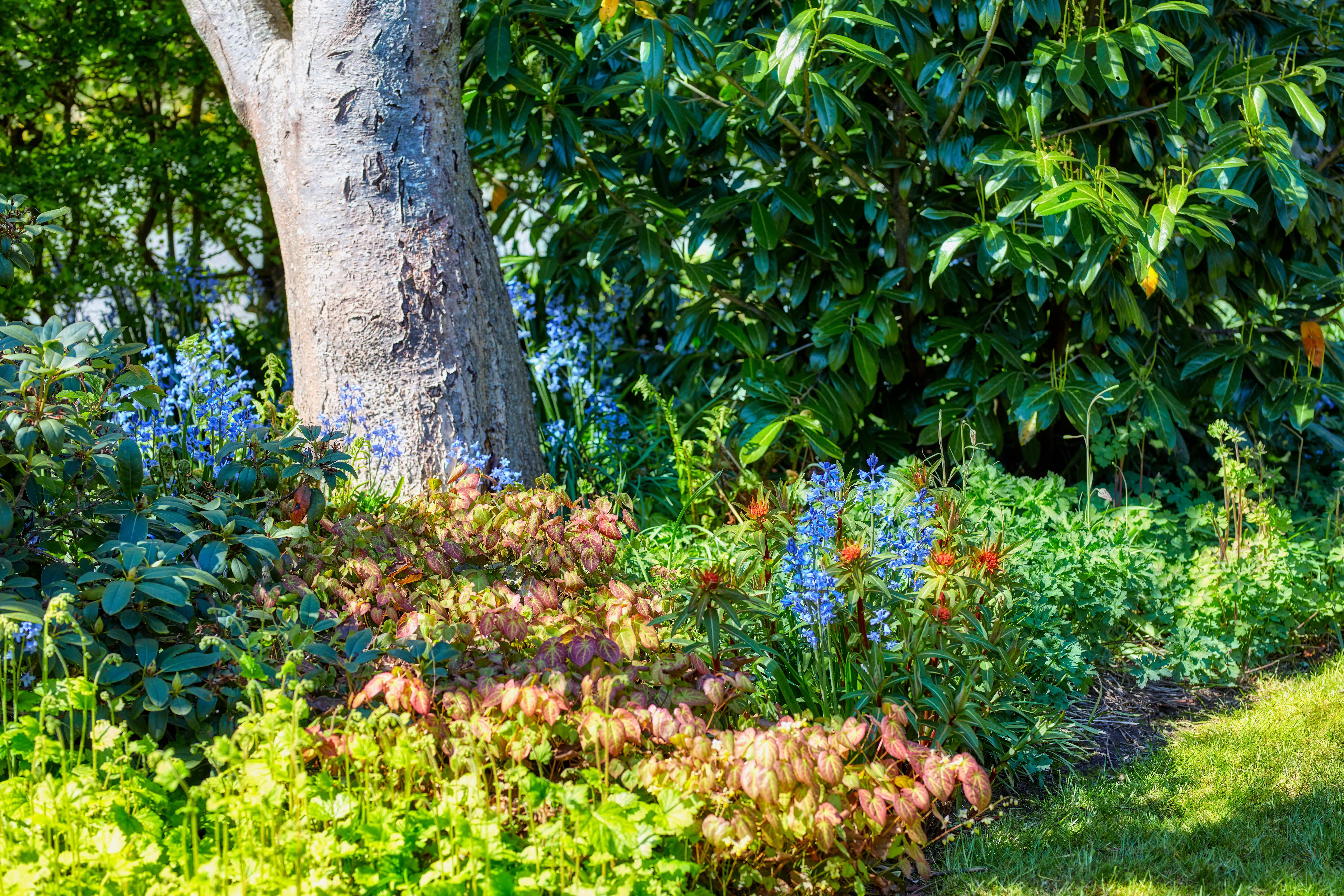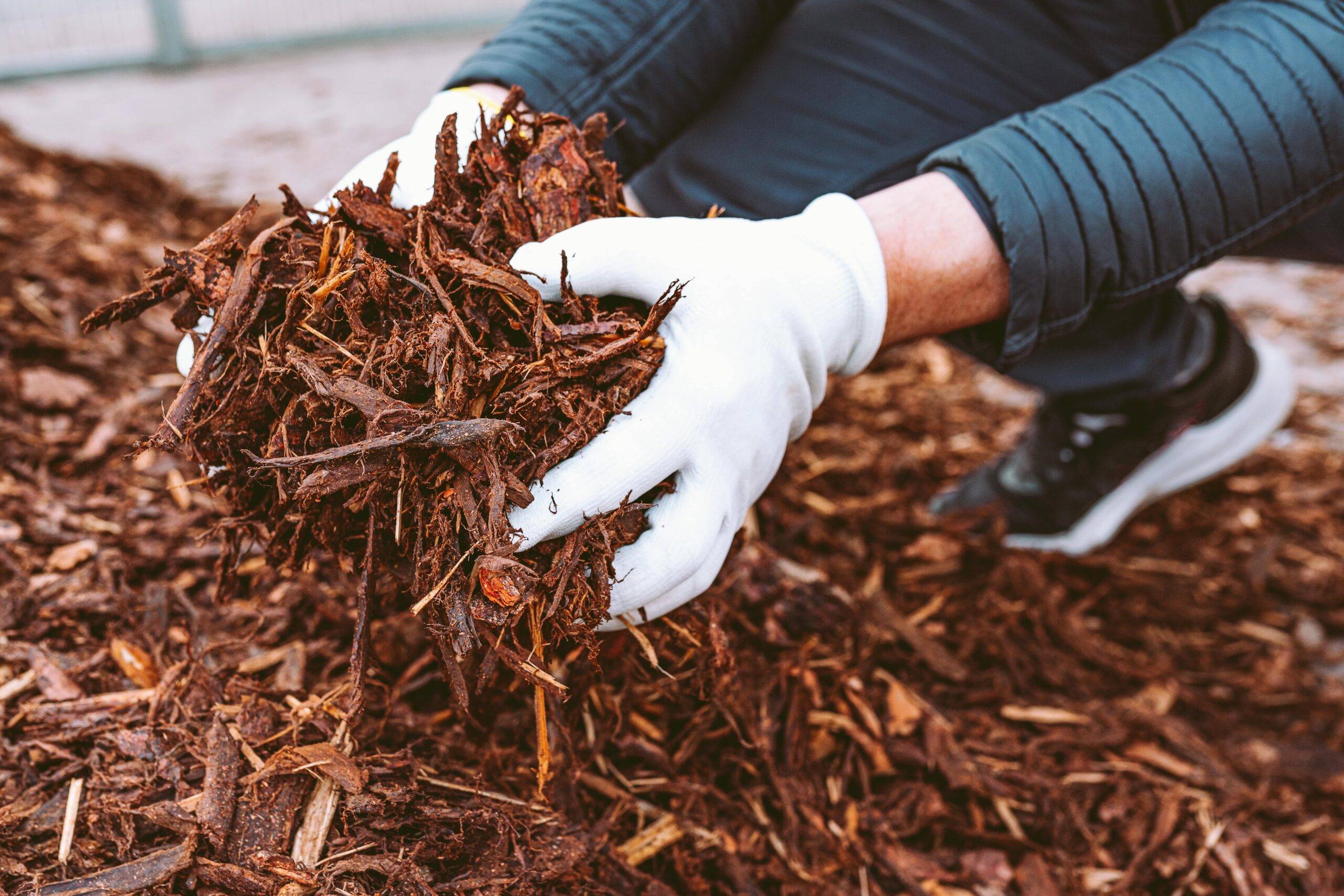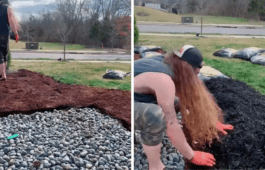Stop Making These Landscaping Mistakes If You Want A Thriving Garden
A truly beautiful outdoor space isn’t something that can be created overnight. It takes patience, planning, and a some understanding of what not to do alongside what you should do. Plenty of common landscaping habits actually work against your space, often without you realizing it. If your garden’s been struggling, or just doesn’t feel quite right, it might be time to rethink a few things. Below are six surprisingly common mistakes, and what to do instead, to help your garden finally feel healthy, alive, and easy to manage.
1. Just Using The Soil you Have
Most people assume the soil they already have will work for whatever they want to plant, but the truth is that the soil you use needs to match your plants’ needs, not the other way around. Clay-heavy soil might suffocate roots, while sandy soil won’t hold nutrients. Plants won’t thrive if they’re growing in the wrong foundation. Don’t just guess, test your soil, even with a basic kit. Adjusting pH, adding compost, or swapping it out entirely in some areas might be what your garden needs to actually grow instead of just survive.
2. Overcrowding Plants
It’s easy to get excited and plant everything close together to create this full, lush look, especially when your garden beds sit empty in some spots. However, overcrowding creates a fight for water, sunlight, and nutrients. Plants get stressed, more prone to pests, and many won’t make it past a season. Leave them all some room to grow. It might look a little bare at first, but plants will fill the gaps for you and regulate themselves if you let them breathe.
3. Not Watching The Shade
People often plant based on what looks good together or what they saw online, forgetting how much light their space actually gets. Some spots get full sun, others barely any. If you put a sun-loving plant in a shaded area, it will struggle to grow, even if everything else is perfect. Track your yard’s light over a full day, see what sections get what mount of light, then group plants by what they truly need. Not only will this reduce maintenance on your end, but it’ll also help your garden look healthier!
4. Forgetting That Your Garden Will Grow
What starts as a tidy layout one year often turns into chaos the next. That cute little shrub doubles in size, vines take over the fence, roots crowd the bed, etcetera. Plan for growth, not just how things look today. Read up on the things you’re planting, do a little research, and leave space for the unexpected. Your garden is never a static thing, it’s always moving. Keeping that in mind when you start helps spare some frustration later on.
5. Letting Mulch Do All The Work
Mulch is great, but it’s not magic. People often pile it on and assume it’ll take care of weeds, hold moisture, nourish their plants, and keep everything perfect. But mulch can’t make up for poor planting, bad soil, or a lack of maintenance. Too much can even smother roots. Make sure you’re using it as a tool, not a solution. Lay it thin, replace when needed, and make sure it works with the soil underneath.
Related Articles
- Never Do These 5 Things To Your Lawn (If You Want It To Stay Healthy)
- The Easiest Vegetables to Grow In Your Garden
- 4 Exclusive Landscaping Tricks to Instantly Elevate Your Home’s Look
A great garden might seem like an overwhelming thing to maintain, but it doesn’t need to be complicated. It just needs a little thought and care. When you stop forcing things, like forcing plants where they don’t belong, you’ll start to see real growth. Pay attention to the land you have, work with it instead of against it, and keep things simple. Your garden will thank you for it, season after season.

